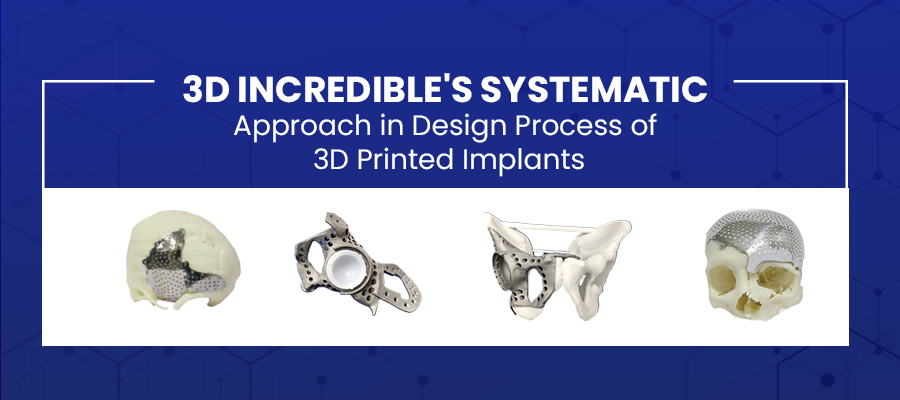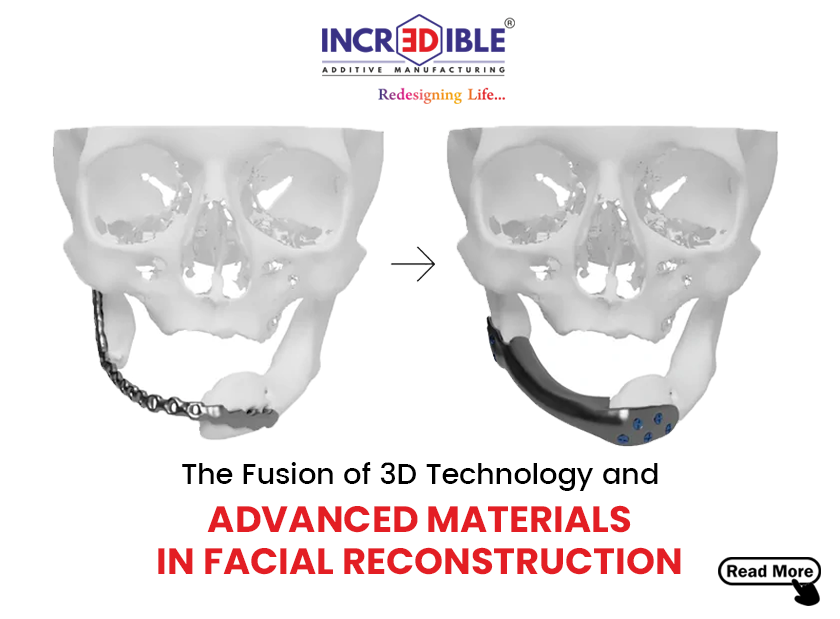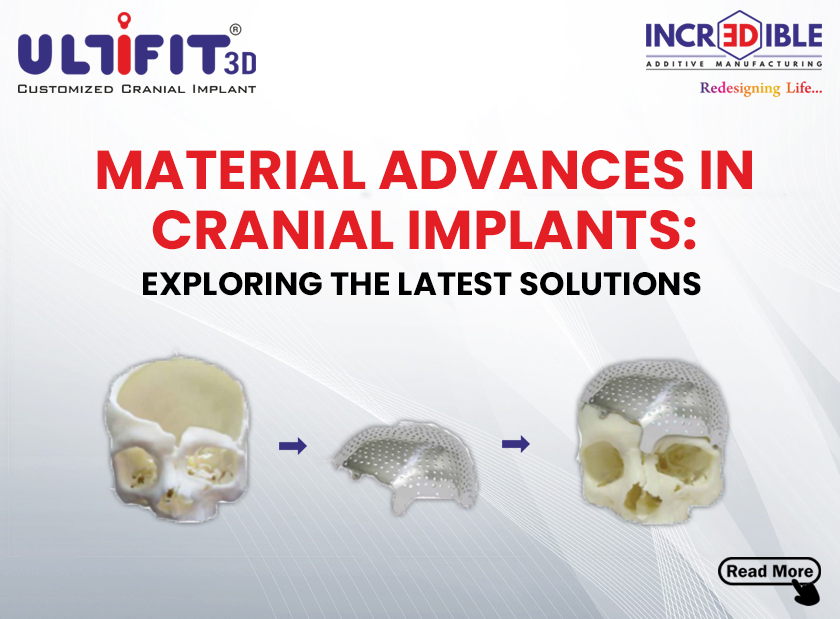3D Incredible discovers the transformative potential of 3D printing as the demand for 3D technology grows. 3D Incredible was created by IMP, a trusted manufacturer with over 42 years of experience in producing unrivalled quality products. Customers’ needs and unique business challenges in the healthcare and engineering industries drove the development of 3D Incredible.
Importance of Shapes and Size
Craniomaxillofacial reconstruction of customized implant, which are commonly used in head and neck surgery, are typically manufactured in standardized shapes. The implant must be manually bent during surgery to match the anatomy of the individual bones. The process of bending takes time, especially for inexperienced surgeons. Furthermore, repetitive bending may cause an undesirable internal stress concentration, leading to fatigue under masticatory loading in vivo and a variety of complications such as implant fracture, screw loosening, and bone resorption.
Ensuring Quality
There have been reports on the use of patient-specific 3D-printed customized implant for craniomaxillofacial reconstruction, but few have taken into account implant quality. We present a method for creating 3D-printed patient-specific surgical implants for craniomaxillofacial reconstruction in this paper. The strategy is divided into three parts: First, using software, a simple design module is created to assist surgeons in designing the implants and axillary fixtures for surgery. The detailed design can then be carried out by design engineers, who can then use finite-element modelling (FEM) to optimize the design.
Steps in Fabrication Process
There are three steps to the fabrication process: To ensure the quality and performance of the customized implant,
1. Test the powder quality; then set up the appropriate process parameters
2. Run the 3D printing process;
3. Finally, conduct post-processing treatments (such as heat and surface treatments). Third, the operation begins after the implant has been thoroughly checked and sterilized. Following the surgery, our patient tracking software can be used to track postoperative rehabilitation. We have successfully completed a total of 41 surgical cases using this systematic approach. 3D-printed patient specific implants have a number of benefits; in particular, they are more cost-effective.
3D Incredible’s Systematic Approach in Design Process
3D Incredible works by starting with a blank canvas and building a model from the ground up, layer by layer, with digitally controlled and operated material laying tools. 3D Incredible is thus fundamentally different from traditional formative or subtractive manufacturing in that it is the most similar to “bottom up” manufacturing, in which we can build a structure into its intended shape using a “layer-by-layer” method. This layer-by-layer manufacturing allows for unprecedented precision and control in the production of complex, composite, and hybrid structures that are impossible to produce using traditional manufacturing methods.
For accurate 3D printed models, good initial image capture is critical. With recent advancements in imaging modalities, it is now possible to create more precise patient-specific anatomical models. Furthermore, advances in segmentation software have made it easier to extract the surface of structures of interest from 3D medical imaging data automatically or semi automatically.
AM as Mainstream Manufacturing Technology
With all of these advancements, additive manufacturing (AM) has become a mainstream manufacturing technology in medicine for anatomical models, patient specific implants, surgical guides, external aids, and bio manufacturing. Several studies have been published that suggest using AM to 3D print cells, blood vessels, vascular networks, bones, ears, windpipes, and dental prosthetics such as a jaw bone, as well as corneas in the future. Surgeons can now create 3D printed bio models (hand-held models) for surgical tasks, which can be used to educate patients, plan surgical approaches, and serve as an intraoperative surgical guide.
Stereolithographic (SLA), photopolymer jetting, selective laser sintering (SLS), electron beam melting (EBM), direct metal laser sintering (DMLS), and fused deposition modelling (FDM), also known as fused filament fabrication (FFF), are some of the current 3D Incredible. These technologies have proven to be a useful tool for surgeons in reproducing anatomical objects as 3D physical models, and they are now being used to reconstruct PSI. 3D Incredible AM Pvt. Ltd. fabricate various alloplastic materials such as metals, ceramics, polymers, and composites, which are used in reconstructive and orthopedic surgeries.
Conclusion:
3D Incredible collaboration with the world’s largest team of skilled and experienced biomedical engineers, mechanical engineers, doctos, etc. who bring the vision to life. Our unwavering commitment to developing a diverse range of 3D printing applications aims to make the world a better and healthier place. Our state-of-the-art facility has all of the amenities that motivate us to use 3D printing technology to create a precise and accurate AM solution.
3D Incredible is an ISO 9001 & 13485 certified company!




